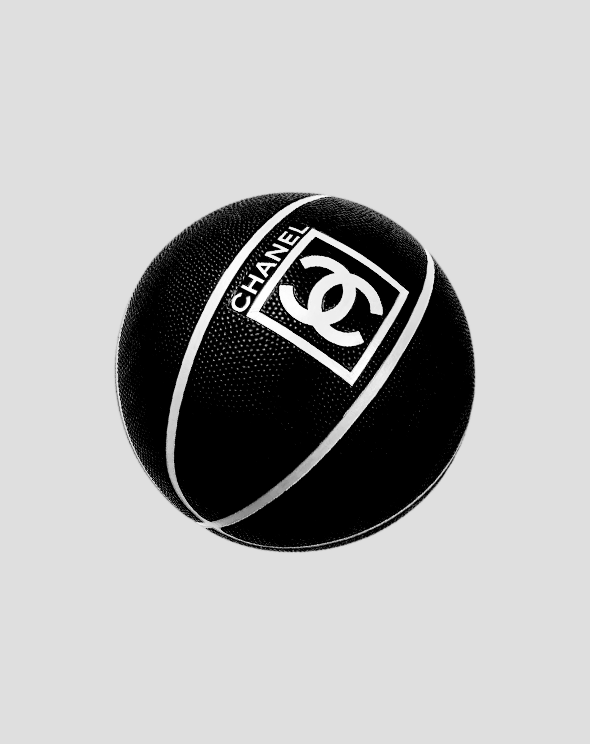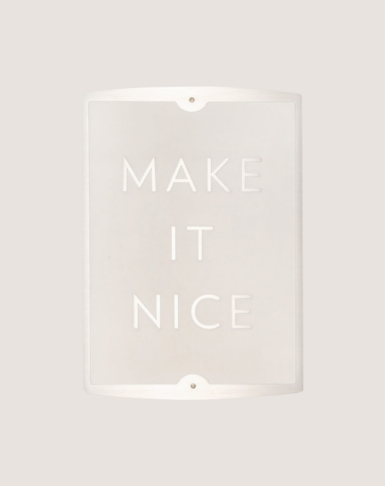This article originally appeared in The Drum.
Ever wondered why some British high-street brands, like M&S and Boots, stand the test of time while others, like Ted Baker and Debenhams, fail? The Body Shop has recently struggled with sales and decreased relevance in a saturated market. Yet, brands like Chanel and the NBA stay top of customers’ minds.
In addition to being iconic, these two brand titans sustain and grow their brand equity while staying true to their core identity. Here’s how.
Tradition and reinvention
We can often attribute a brand’s failure to a lack of innovation and relevance. But brand success is not always about reinventing the wheel or changing things for the sake of changing them. It’s about successfully identifying where to make changes and where to maintain consistency to build credibility.
Through various collections, Chanel has evolved under different designers, growing into the digital marketing space. The brand has successfully created a modern and evolving universe that is relevant to customers while also building on its heritage. From iconic fragrances to coveted fashion statements, Chanel exudes timelessness, ease, and confidence. While staying true to core values, Chanel has embraced social media and fostered a strong emotional connection with consumers through vivid storytelling and cohesive marketing campaigns. The brand has achieved soaring success for over a century by attracting both traditional and younger audiences, anchoring its status as a beacon of enduring style and sophistication.
Similarly, the NBA has built a strong reputation on a global scale in its 75+ years of existence. It is referred to as one of the biggest sports leagues in the world. Even people who are not well-versed in the brand know about it and some of its players. Like Chanel, the NBA has achieved this without changing its intent, identity, or mission. The NBA has evolved by creating a brilliant sponsorship strategy, globalizing the sport, and maintaining continuity across geographies. It has also invested in its players to help them become stars outside of the sport.
Clear purpose
Purpose is a word thrown around a lot in the world of branding. It can feel fatigued. However, it’s used for good reason. Many organizations can forget why they started or even why they do what they do. Without the answer to these questions, it is easy to get lost.
In 1997, Apple was on the brink of bankruptcy. That changed when Steve Jobs returned to the company he had founded. Jobs shifted Apple’s focus to its products, building on its original offering of innovation and design. He ultimately created the first iMac, which was radically different from its competitor computers. This was to be the start of an ecosystem built around smartly designed products.
We all remember the iconic Think Different campaign, which aimed to change how people viewed Apple. It highlighted the company’s innovative approach to technology and design. This has remained the guiding principle of the business since Jobs’ reinvigoration. Apple became the first $3tn company by building products its customers didn’t know they needed.
Establishing brand longevity means knowing what you do well, sticking to it, and knowing why you are here. It’s about maintaining that why – why did you start? And why do you exist?
Know thy customer
This may seem obvious, but you need to understand how your category evolves and how your customers change. Because they will change.
We live in a world of more brands and products than ever. Almost every industry is saturated, and customer churn is high. We can’t predict everything, but one thing is true: data doesn’t lie.
Netflix cemented itself in the streaming space partly through its use of data. It used data processing to understand viewers and identified a gap in demand for an ‘80s sci-fi drama. It created Stranger Things, a series built on the back of past performance data, which became only the second series on the platform to reach 1bn hours viewed in its first 28 days available.
Similarly, Lego, on the verge of bankruptcy, identified a new customer segment through research: Adult Fans of Lego, or AFOLs. This group was ultimately given a platform to submit ideas, leading to nostalgic lines like Ghostbusters and Home Alone. Lego has since become the world’s most valuable toy brand.
For the brands that don‘t get it right, it‘s not all bad news. The Body Shop is due new owners at the end of this month, which could help bring fresh perspectives and strategies. Those in charge at The Body Shop could work to build on the points above and craft a simple, cohesive brand experience that strengthens customer loyalty. Because when competition is fierce and loyalty scarce, capitalizing on your brand‘s heritage is crucial.
Flora de la Mortière is a Strategist


